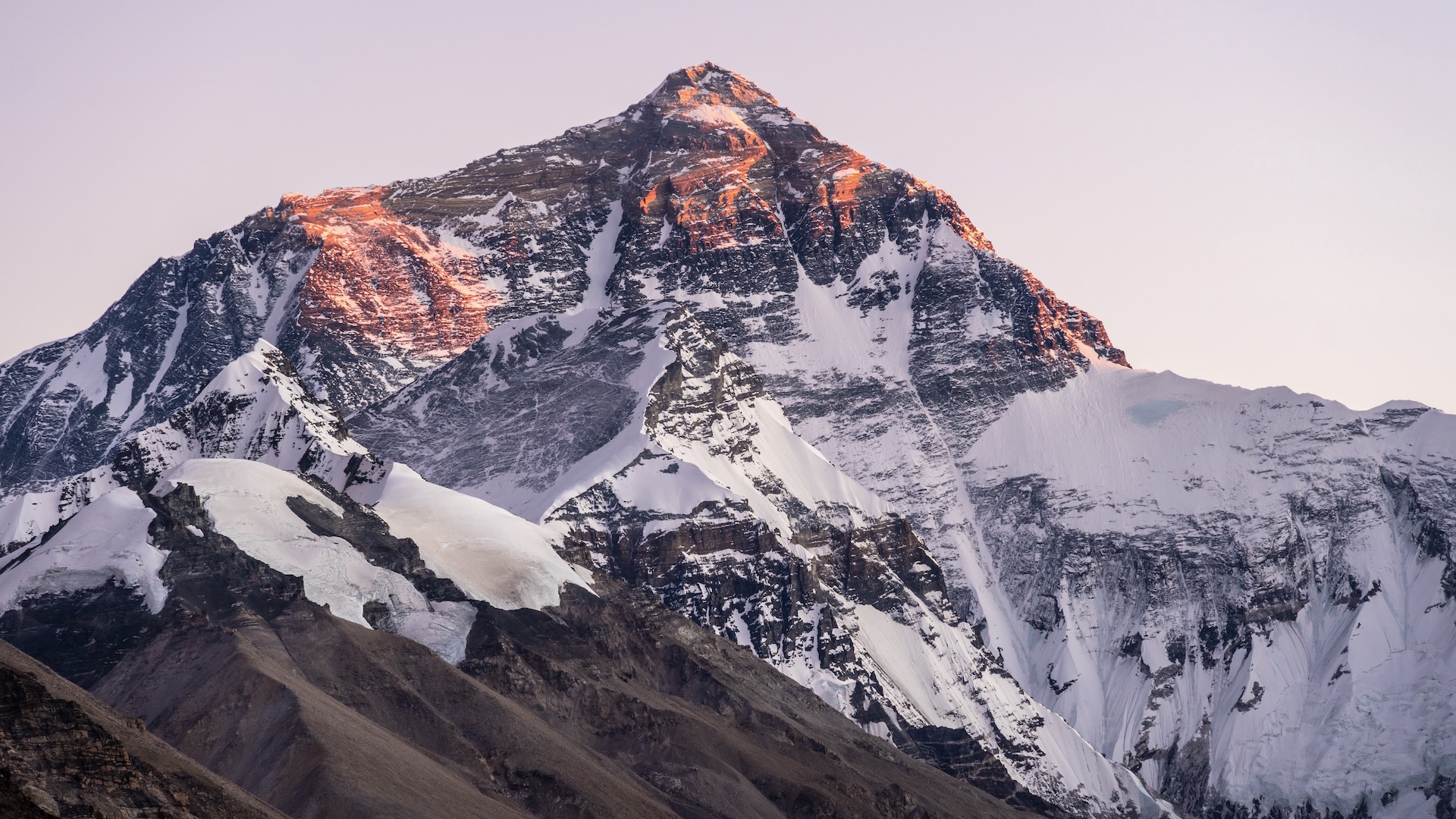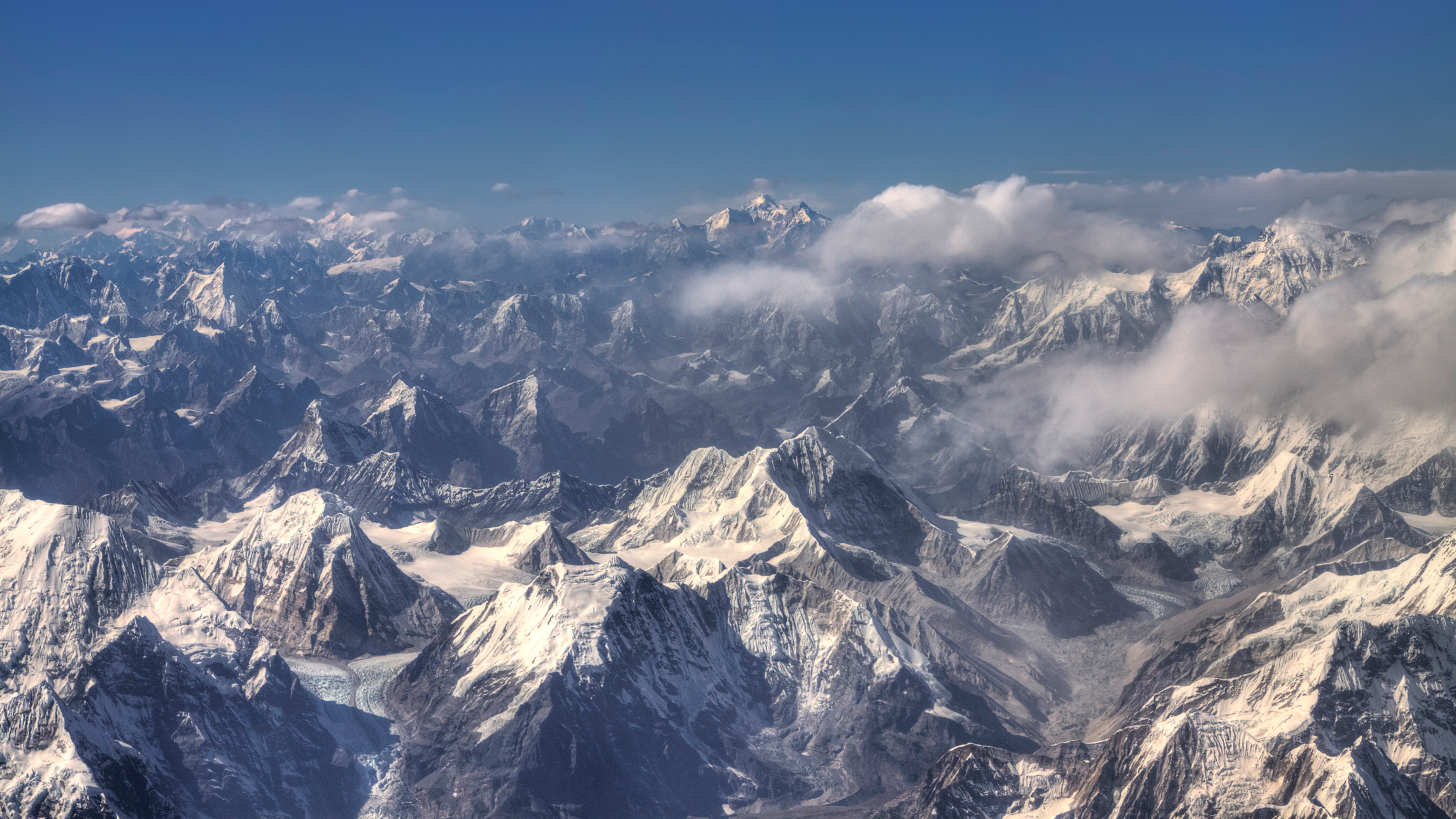“Black rocky hills have started to appear” - Experts witness the devastating toll of climate change on Mount Everest in eye-opening fly-by
Scientists and Nepali lawmakers spotted a drastic reduction in snow-coverage on the Himalayan peaks

Want to see Mount Everest in all its glory? You might need to go sooner rather than later due to the devastating effects of climate change on the world's tallest mountain.
In a recent fly-by, Nepali lawmakers and experts from across the globe witnessed a drastic reduction in snow coverage on Everest and other Himalayan peaks.
The aerial survey was organized by Nepal's Minister for Forests and Environment Ain Bahadur Shahi Thakuri, to highlight the grave effects of climate change in the region.
Alongside a reduction in snow coverage, passengers witnessed rapidly retreating glaciers as they passed multiple major Himalayan peaks, including Everest, Shishapangma, Makalu, and Lhotse.
"In the past, wherever you looked, you would see snow-covered mountains. But now, black rocky hills have started to appear. The mountains that once looked completely white now appear as black peaks," Thakuri told the Asia News Network.
"This mountain flight has shown the direct impact of climate change on the Himalayas. Foreign experts and guests, too, observed it first hand."

The Himalayan region has experienced a dramatic drop in snowfall in recent years. This year alone, snow persistence (the time snow stays on the ground) in the Himalayas has reached a 23-year low.
All the latest inspiration, tips and guides to help you plan your next Advnture!
A report published in April by the International Center for Integrated Mountain Development (ICIMOD) found "a significant decline in seasonal snow across the Hindu Kush Himalaya region, with snow persistence 23.6% below normal - the lowest in 23 years".
The reduction is seriously bad news for the two billion people who rely on Himalayan snowmelt to feed their water sources. The melting cycle fills 12 major river basins that provide water for multiple heavily populated countries like China, Pakistan, and Thailand.
"This trend, now in its third consecutive year, threatens water security for nearly two billion people," explains author Sher Muhammad.
"All twelve major river basins, including the Indus, Ganges, and Brahmaputra, experienced below-average snow cover, with the Mekong and Salween basins losing over 50%."
Climate change in the Himalayan region poses multiple other significant risks, including the destruction of invaluable habitats and dangerous climbing conditions for Everest hopefuls.

Will Symons developed his love of the outdoors as a student, exploring every inch of Sussex’s South Downs national park and swimming off the Brighton seafront. Now a staff writer for Advnture, Will previously worked as a freelance journalist and writer, covering everything from cricket to ancient history. Like most Advnture staff, Will’s free time is rarely spent indoors, he can often be found hiking, open water swimming or playing cricket.
